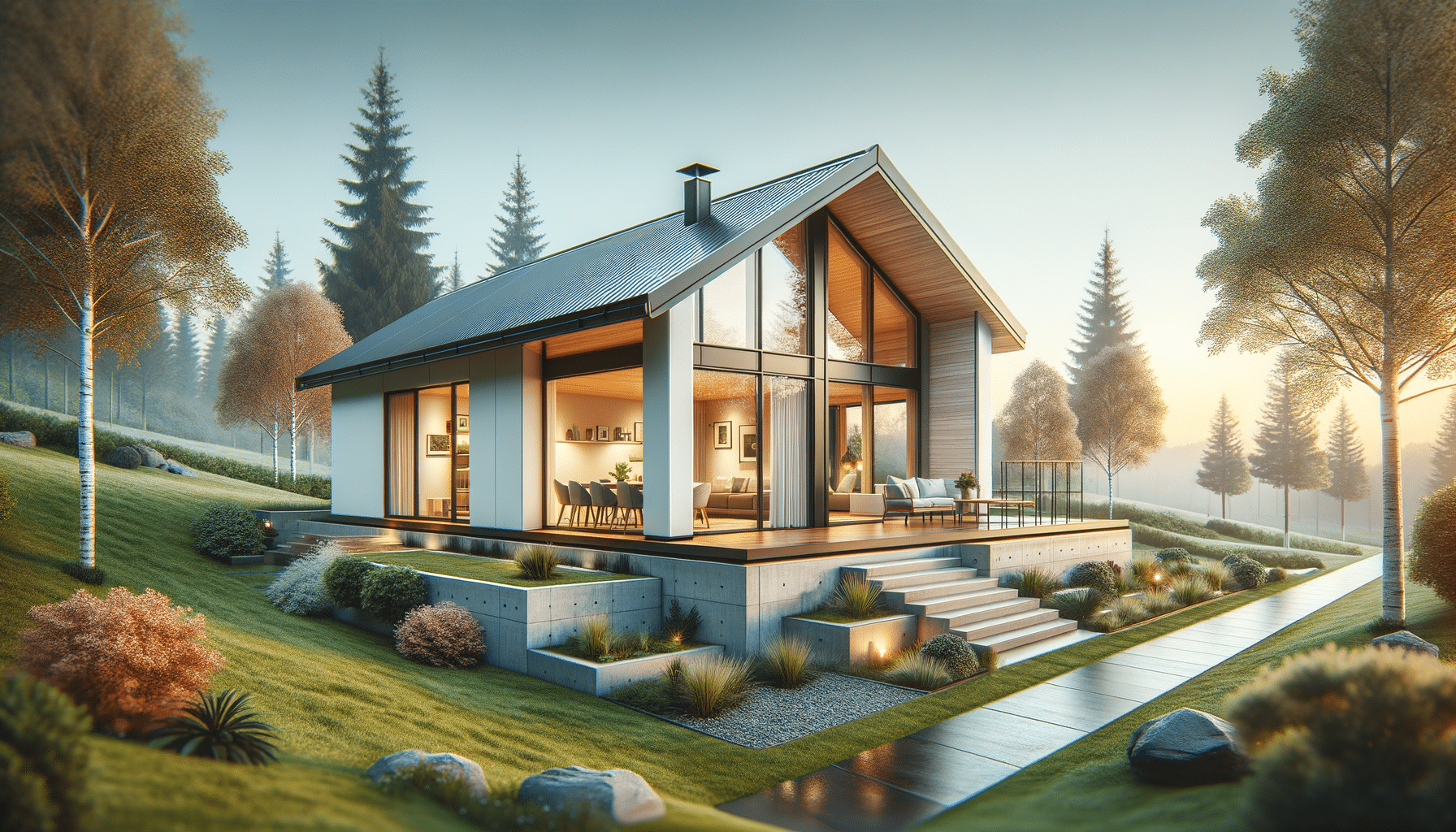Exploring Prefab Home Extensions: A Modern Solution for Expanding Living Spaces
Prefab home extensions offer a modern, efficient, and sustainable solution for expanding living spaces.

Introduction to Prefab Home Extensions
In the ever-evolving landscape of home design, prefab home extensions have emerged as a compelling solution for homeowners looking to expand their living spaces. These prefabricated modules are constructed off-site and then transported to the location for assembly. This method not only saves time but also reduces the costs associated with traditional construction. As urban areas become more congested and property prices rise, the demand for efficient and sustainable home expansion solutions like prefab extensions is increasing. This article delves into the various aspects of prefab home extensions, highlighting their benefits, challenges, and the future of home expansion.
Benefits of Prefab Home Extensions
Prefab home extensions offer several advantages over traditional construction methods. One of the most significant benefits is the speed of construction. Since these modules are built in a controlled factory environment, weather delays are minimized, allowing for a quicker turnaround. Additionally, prefab extensions are often more cost-effective, as the bulk production of materials and streamlined processes reduce labor and material costs. Furthermore, prefab home extensions are known for their sustainability. They typically generate less waste and have a smaller carbon footprint compared to conventional building methods.
Another advantage of prefab home extensions is their flexibility in design. Homeowners can choose from a variety of styles and configurations to suit their specific needs and preferences. This customization allows for a personalized touch while maintaining the efficiency and affordability of prefab construction. Lastly, the quality control in a factory setting ensures that the modules meet high standards, providing a durable and reliable addition to the home.
Challenges of Prefab Home Extensions
Despite their numerous benefits, prefab home extensions also come with their own set of challenges. One of the primary concerns is the transportation and installation of the modules. Depending on the location, moving large sections of a home can be logistically complex and may require special permits or equipment. Additionally, integrating the prefab extension with the existing structure can pose challenges, especially if the original home was not designed with future expansions in mind.
Another challenge is the perception of prefab homes as being of lower quality or lacking in aesthetic appeal. While this stereotype is slowly changing, some homeowners may still be hesitant to choose prefab options due to these misconceptions. Furthermore, zoning laws and building regulations can vary significantly between regions, potentially complicating the approval process for prefab extensions. It is crucial for homeowners to research and understand the local regulations before embarking on a prefab extension project.
Comparing Prefab to Traditional Extensions
When considering a home extension, it’s essential to weigh the pros and cons of prefab versus traditional construction methods. Traditional extensions typically involve on-site construction, which can be time-consuming and subject to weather-related delays. In contrast, prefab extensions are built off-site, allowing for faster completion times. Additionally, traditional methods often incur higher labor and material costs, whereas prefab options can offer significant savings due to their streamlined production processes.
However, traditional extensions may offer more flexibility in terms of design and customization, as they are built from scratch on the property. This can be particularly advantageous for homeowners with unique architectural styles or specific requirements. On the other hand, prefab extensions have made significant advancements in design flexibility, offering a wide range of styles and finishes to complement existing homes. Ultimately, the choice between prefab and traditional extensions will depend on factors such as budget, timeline, and personal preferences.
The Future of Prefab Home Extensions
As technology continues to advance, the future of prefab home extensions looks promising. Innovations in materials and construction techniques are enhancing the quality and appeal of prefab options, making them an increasingly attractive choice for homeowners. Additionally, the growing emphasis on sustainability and energy efficiency is driving demand for eco-friendly building solutions, further boosting the popularity of prefab extensions.
Moreover, the rise of smart home technology is opening new possibilities for prefab extensions. Homeowners can now integrate intelligent systems and devices into their prefab modules, enhancing convenience and comfort. As the industry evolves, prefab home extensions are set to become a mainstream solution for expanding living spaces, offering a blend of efficiency, affordability, and modern design.